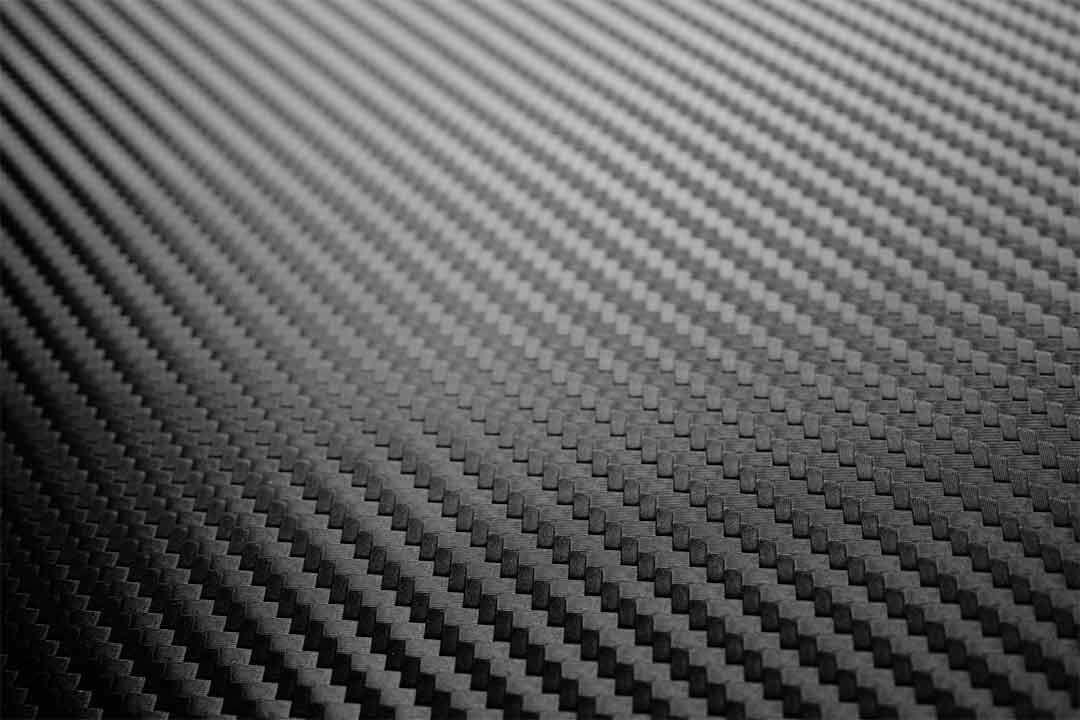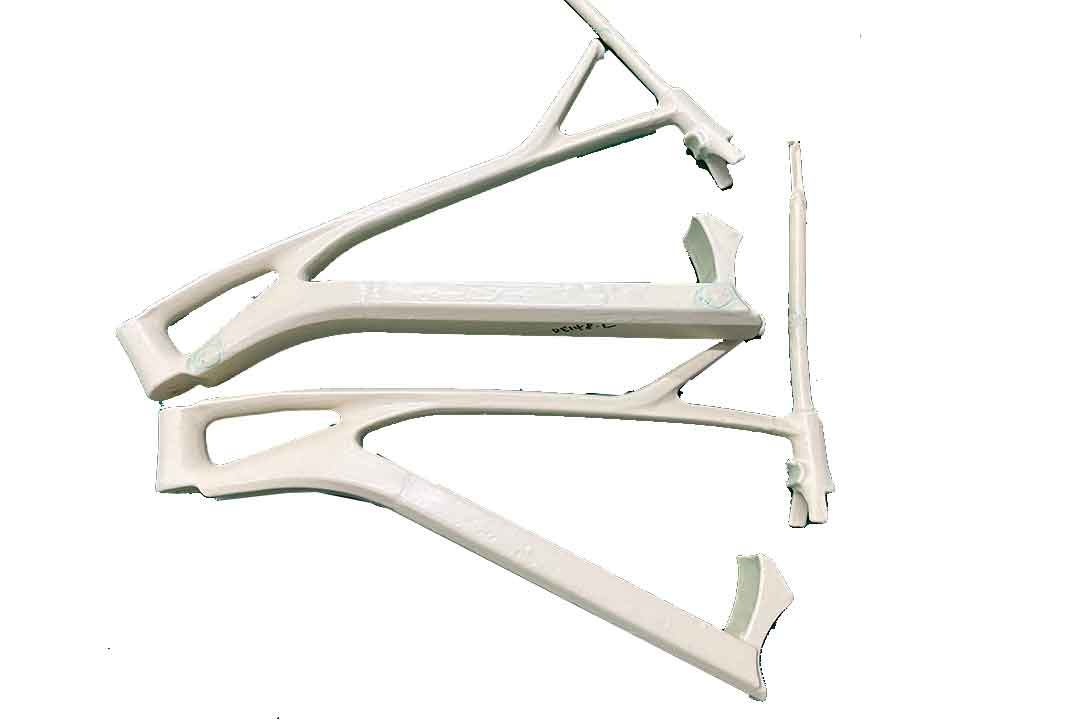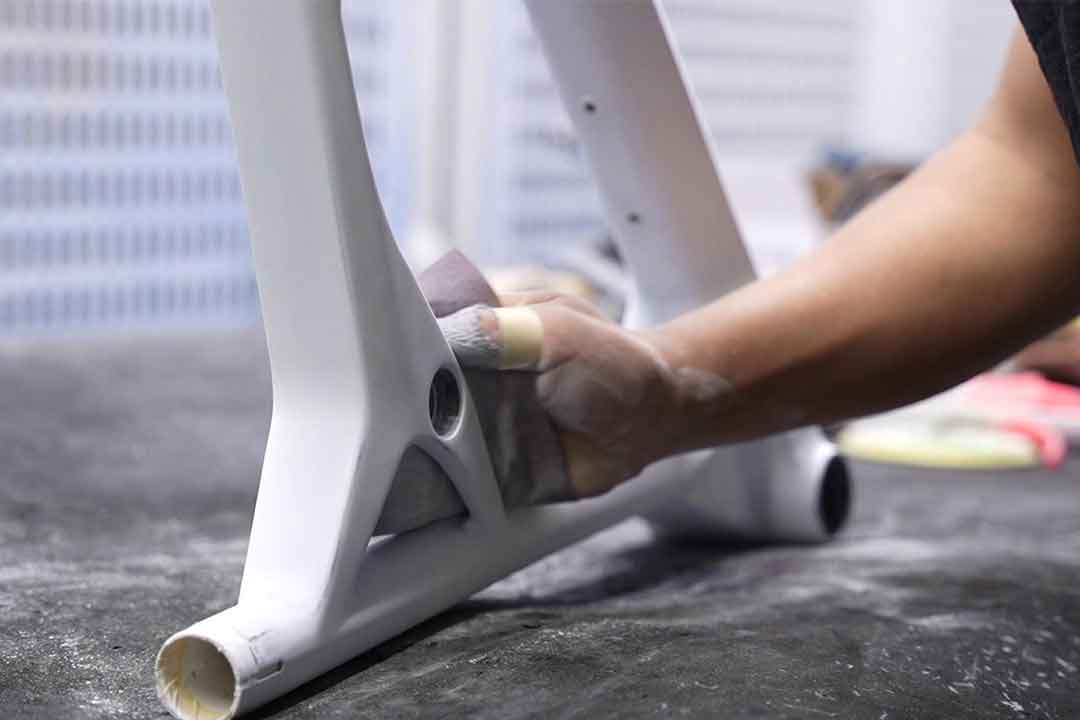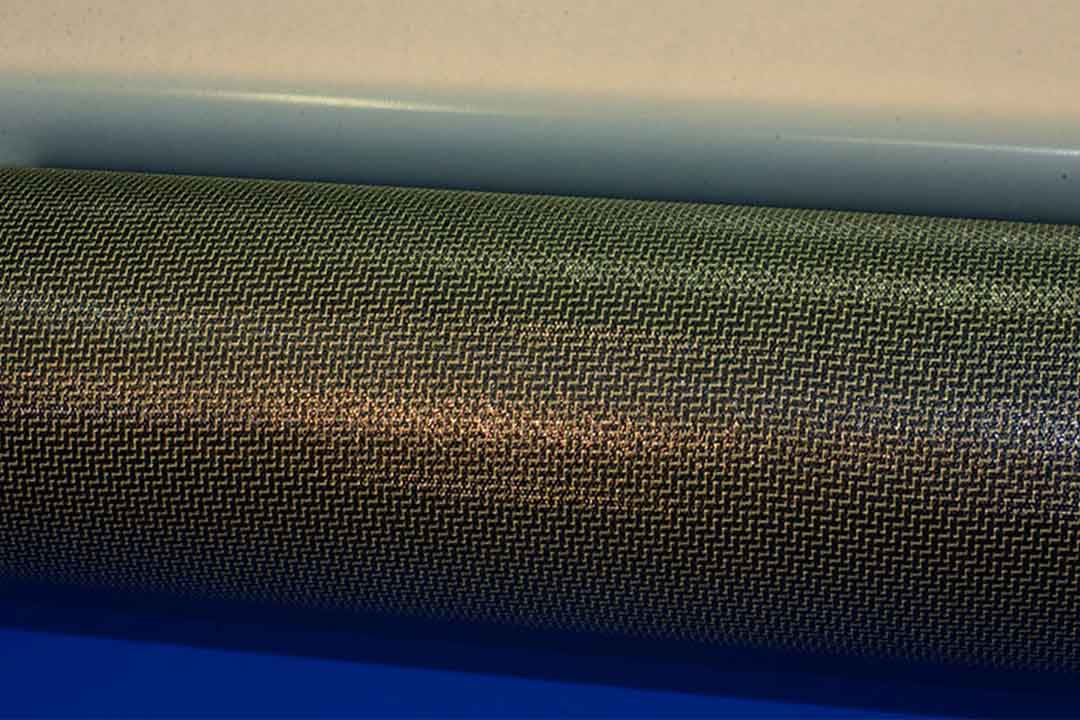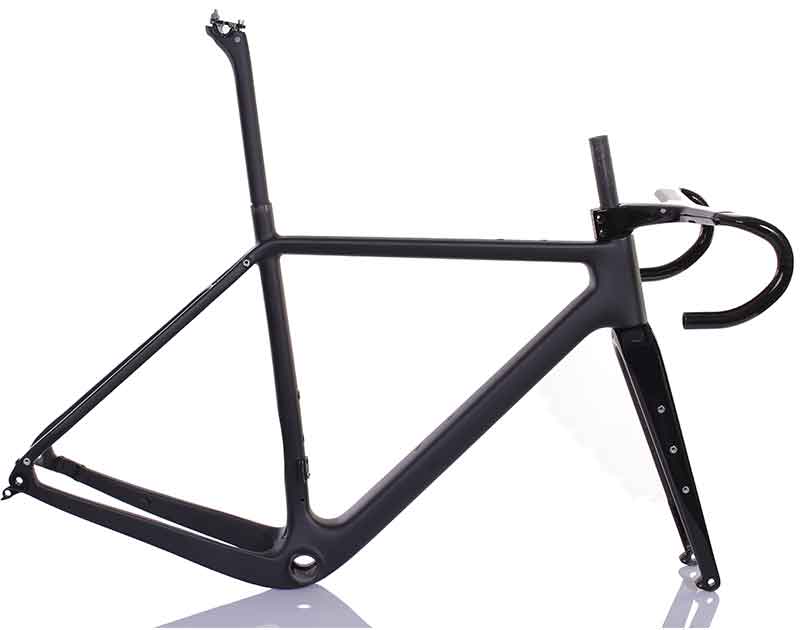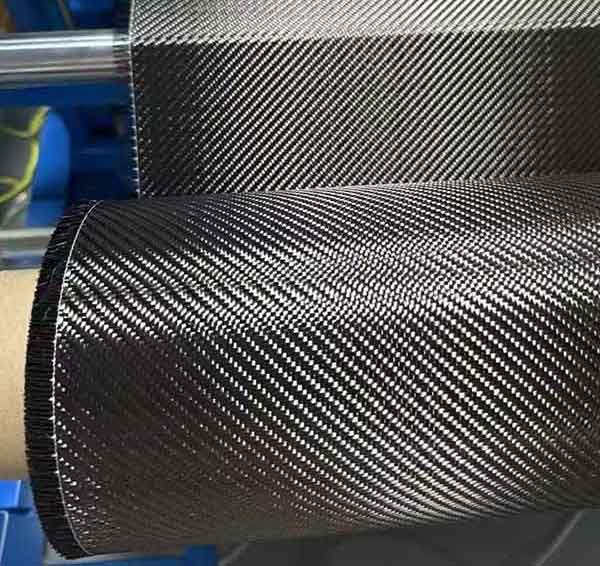Welcome to Mondince Bike - A well-known factory specialized in produce carbon bike frame and other parts since 2007.
is carbon fiber lighter than aluminum
When it comes to choosing materials for various applications, particularly in industries like automotive, aerospace, and sporting goods, the debate between carbon fiber and aluminum is quite common. The question on many minds is: Is carbon fiber lighter than aluminum? In this article, we'll explore the differences between these two materials in terms of weight, strength, and their respective advantages and disadvantages.
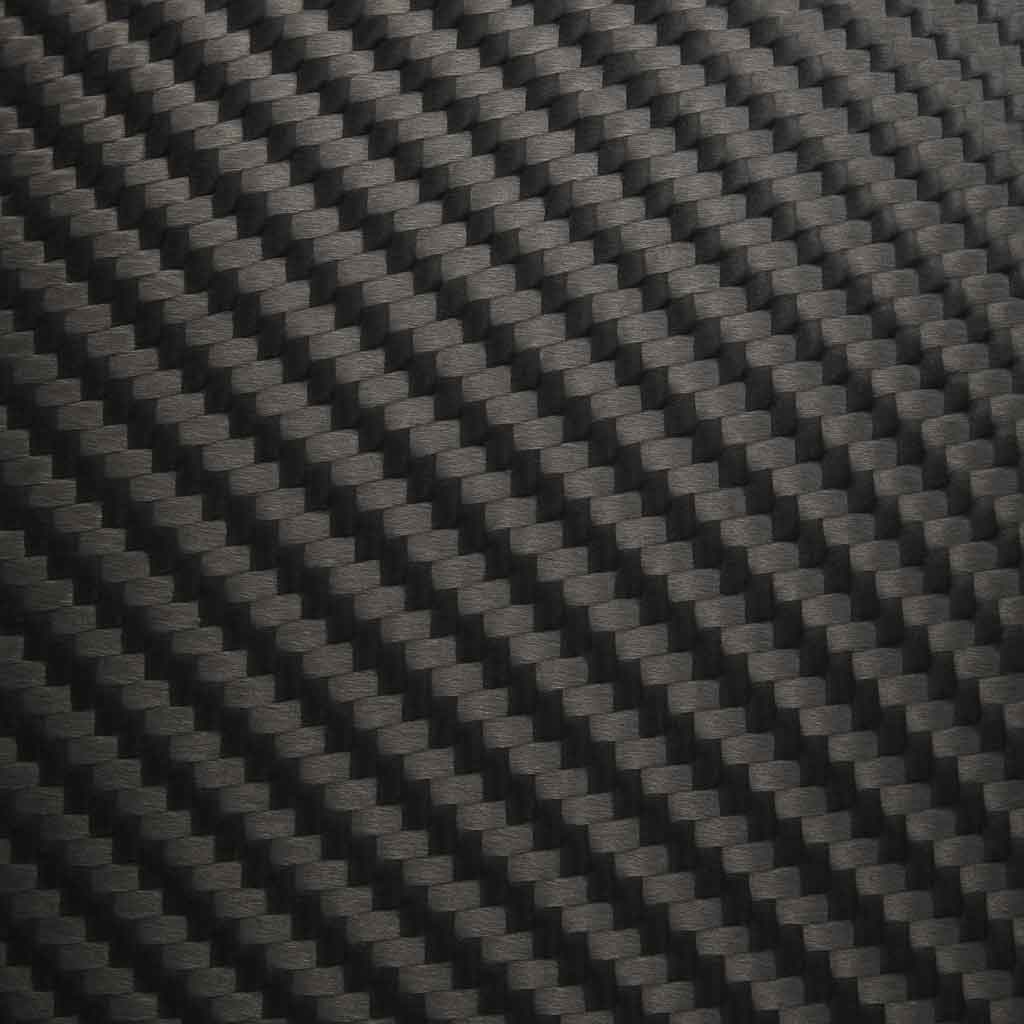
Understanding the Basics of Carbon Fiber and Aluminum
What is Carbon Fiber?
Carbon fiber is a lightweight, strong material made from thin strands of carbon atoms. These strands are tightly woven together to form a fabric, which is then combined with resin to create a composite material. Carbon fiber is renowned for its high strength-to-weight ratio, making it a popular choice for applications that require both strength and lightness.
What is Aluminum?
Aluminum is a metallic element known for its lightweight and corrosion-resistant properties. It's used in a wide range of applications due to its versatility, recyclability, and cost-effectiveness. While not as strong as some other metals, aluminum's combination of lightness and strength makes it a suitable option for many structural applications.

Weight Comparison: Carbon Fiber vs Aluminum
When comparing carbon fiber to aluminum, weight is a crucial factor. Carbon fiber is significantly lighter than aluminum. On average, carbon fiber composites weigh about 1.5 grams per cubic centimeter, whereas aluminum weighs approximately 2.7 grams per cubic centimeter. This means that carbon fiber is nearly half the weight of aluminum, which can lead to substantial weight savings in applications where every gram counts.
How Much Does Carbon Fiber Weigh?
The weight of carbon fiber can vary depending on the type of weave and the resin used in the composite. However, as a general rule, carbon fiber composites are much lighter than traditional metals like aluminum and steel. This makes carbon fiber an excellent choice for industries that prioritize weight reduction.
How Much Does Aluminum Weigh?
Aluminum's density is around 2.7 grams per cubic centimeter, making it one of the lighter metals available. While heavier than carbon fiber, aluminum is still a viable option when weight savings are important, especially when combined with its other beneficial properties.
Strength Comparison: Is Carbon Fiber Stronger Than Aluminum?
Carbon Fiber Strength
Carbon fiber is incredibly strong, especially when considering its weight. Its tensile strength, which measures how much pulling force a material can withstand before breaking, is typically higher than that of aluminum. This makes carbon fiber particularly advantageous in applications where high strength-to-weight ratios are desired.
Aluminum Strength
Aluminum, while not as strong as carbon fiber in terms of tensile strength, offers a good balance of strength and ductility. This means it can be deformed under stress without breaking, making it a practical choice for many structural applications where some flexibility is needed.
Applications of Carbon Fiber and Aluminum
When to Use Carbon Fiber
- Aerospace: Carbon fiber's light weight and high strength make it ideal for aircraft components, helping to improve fuel efficiency.
- Automotive: Sports cars and high-performance vehicles often use carbon fiber for body panels and structural parts to enhance performance.
- Sporting Goods: Bicycles, tennis rackets, and golf clubs benefit from carbon fiber's lightweight properties, offering athletes improved performance.
When to Use Aluminum
- Construction: Aluminum's durability and resistance to corrosion make it suitable for building materials and architectural designs.
- Transportation: Many vehicles, including cars, trains, and ships, use aluminum for its combination of strength, weight, and cost-effectiveness.
- Consumer Electronics: Aluminum is often used in the casing of laptops and smartphones due to its lightweight and aesthetic appeal.
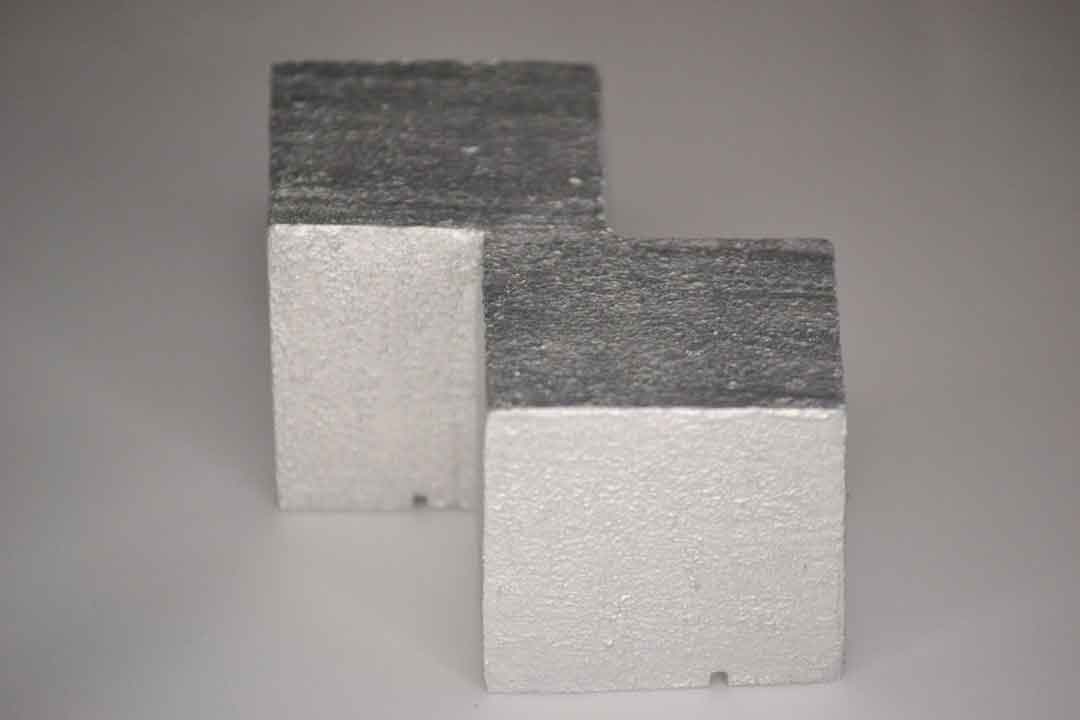
by Laura Jaeger (https://unsplash.com/@lvjart)
Advantages and Disadvantages of Carbon Fiber and Aluminum
Advantages of Carbon Fiber
- Lightweight: Significantly lighter than aluminum, leading to improved performance and fuel efficiency.
- High Strength: Offers excellent tensile strength, making it suitable for high-stress applications.
- Corrosion Resistance: Resistant to corrosion, which enhances its durability in various environments.
Disadvantages of Carbon Fiber
- Cost: Generally more expensive than aluminum, which can limit its use in budget-sensitive applications.
- Repair Difficulty: Carbon fiber can be challenging to repair if damaged, often requiring specialized techniques.
Advantages of Aluminum
- Affordability: More cost-effective compared to carbon fiber, making it accessible for a wider range of applications.
- Recyclability: Easily recyclable, contributing to sustainable practices in manufacturing and construction.
- Versatility: Offers a balance of strength and flexibility, suitable for various applications.
Disadvantages of Aluminum
- Heavier than Carbon Fiber: While lighter than many other metals, aluminum is still heavier than carbon fiber.
- Lower Tensile Strength: Not as strong as carbon fiber in terms of tensile strength.
Conclusion: Choosing Between Carbon Fiber and Aluminum
In the debate of carbon fiber vs aluminum, the choice ultimately depends on the specific requirements of your application. If weight and strength are top priorities, carbon fiber is often the better option, despite its higher cost. However, if budget, versatility, and ease of repair are more important, aluminum might be the more suitable choice.
Both materials have their unique strengths and weaknesses, and understanding these can help you make an informed decision tailored to your needs. Whether you're in aerospace, automotive, or consumer electronics, knowing the differences between carbon fiber and aluminum can lead to better material selection and improved performance in your projects.


